What is the difference between 201 stainless steel and 304 stainless steel?
 What is the difference between 201 st...
What is the difference between 201 st...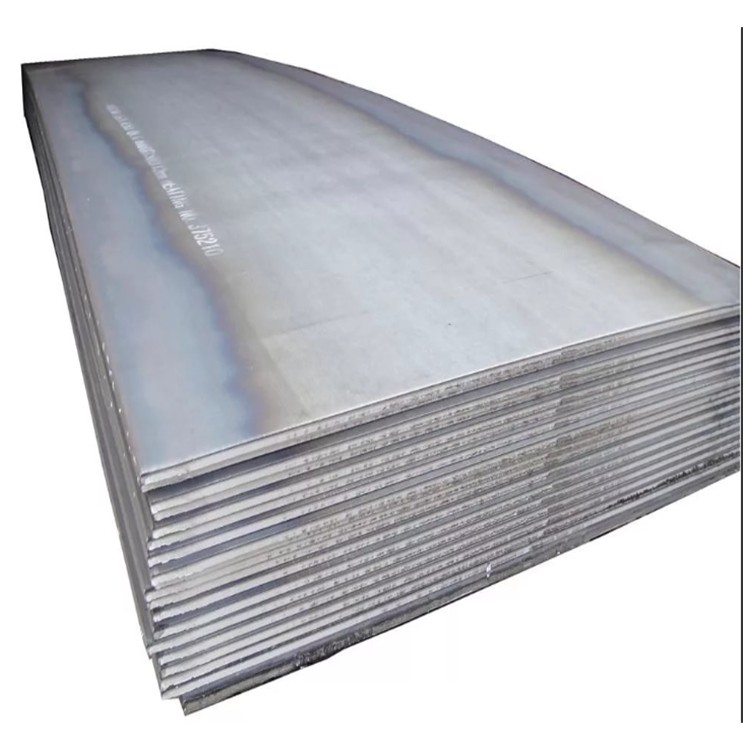
The production defects of wear -resistant plates in the rolling process can be roughly divided into raw material defects, surface spots defects, plate -shaped defects, and edge defects. The so -called raw material defect refers to some defects caused by raw materials during the cold rolling process and continuing or residual. Raw material defects usually include bubbles, complications, ironing in, raw material scratches, and roller printing.
The lack of suffix is mainly caused by rolling oil and iron powder produced during rolling and rolling on the surface of the steel. After the launch of the surface of the plate surface is carbonized on the surface of the steel roll, it forms a dark spots on the surface of the steel, which affects the surface quality of the steel with steel.
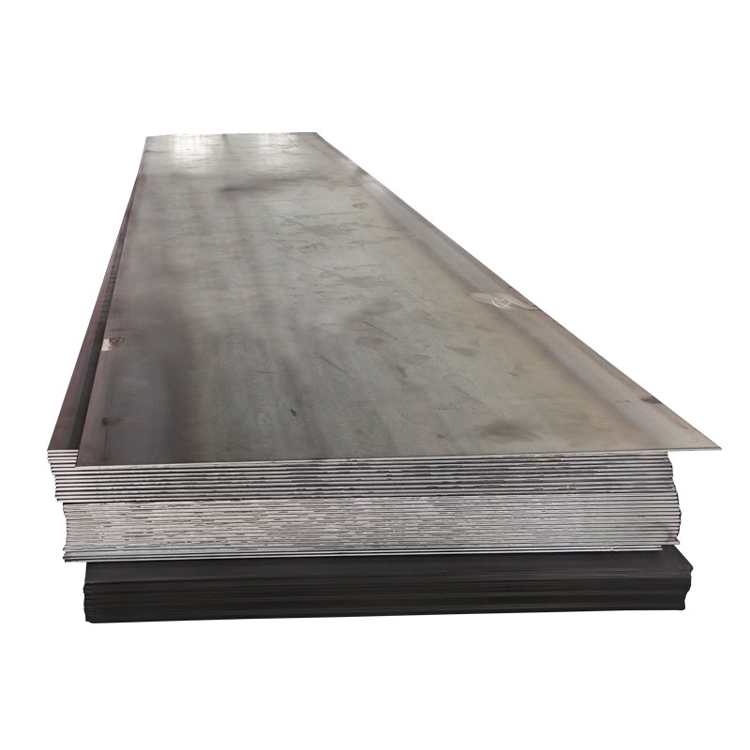
The plate -type defects of wear-resistant plates mainly refer to various wave -shaped and scooping songs existing in rolling machines. The main reason is that the load distribution of the rack is uneven, the tension setting between the racks is poor, and the work roller type is unreasonable. This defect is likely to cause bonding in the furnace, which has a great impact on the quality of the product. Side defects are mainly caused by poor quality of the pice and cutting edges or poor plasticity with steel.
The wear -resistant plate is very wide, and there are all kinds of all kinds. In some places, bending rolls may be needed, and some places need to be cut, and they must be paid attention to. Because the abrasion resistance plate is closely combined with the wear -resistant layer and the substrate, under normal circumstances, there is no problem with bending rolling rings, but if the diameter is less than 300mm, there will be problems, so it is not recommended to roll the ring below 300mm.
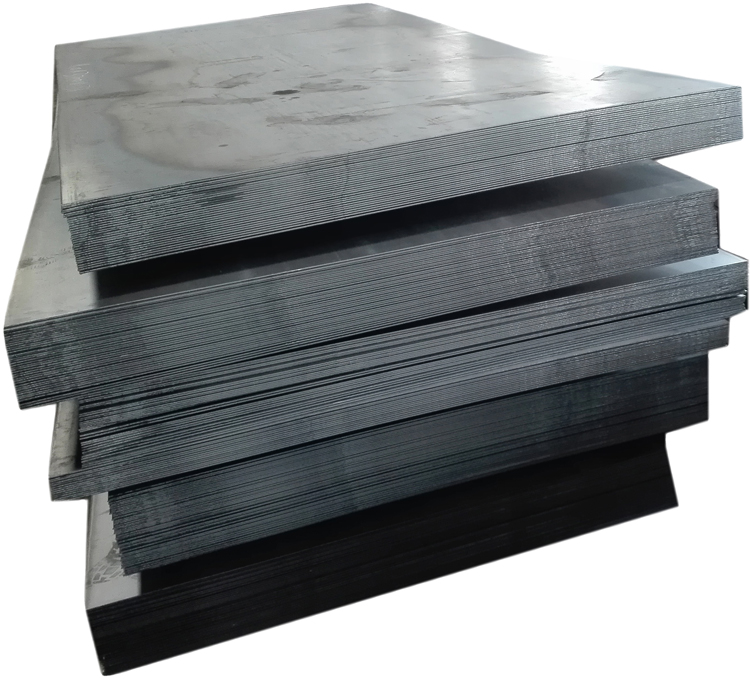
In the cutting of wear -resistant plates, the steel plate is processed first, because the steel plate is cut only after the feeding and lines; the commonly used cutting method is CNC flame cutting and CNC water cutting. The CNC flame cutting cost is not very high. It belongs to primary processing, and its processing range is 3mm to 100mm steel plate. The CNC water cutting is mainly used under the condition that cutting does not deform.
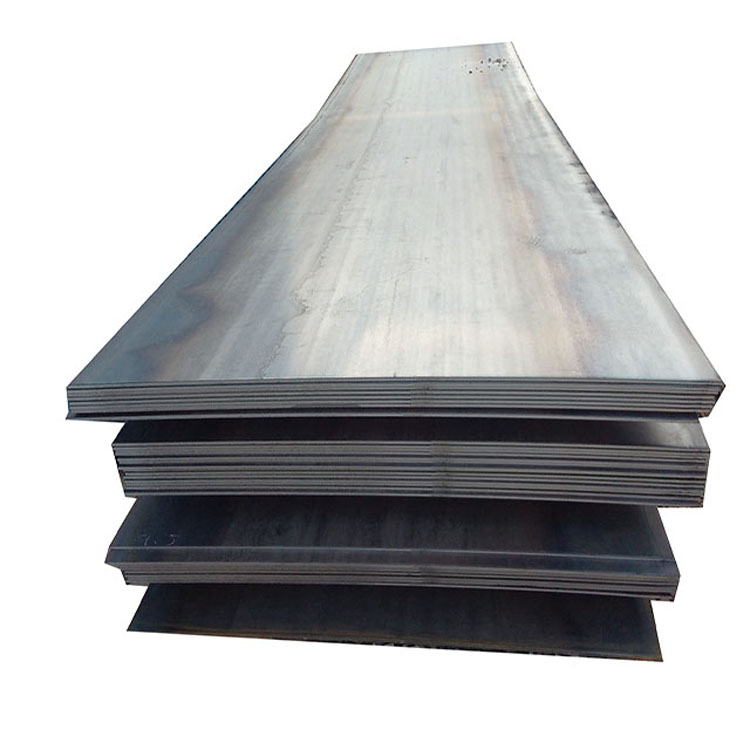
Decarburizing of the wear-resistant steel sheet is caused by a raw material residual removal layer or quenching heating, preventing measures to heat, salt bath heating, vacuum furnace, box furnace, protective or use anti-oxidation coating; machining margin Increase 2 ~ 3mm.
The quenching temperature is too high, which is caused by improper temperature or temperature control system.
After the tempering is over high, the temperature control system is faulty or the furnace is inverted, and the process temperature should be corrected, the testing of the nuclear control temperature system is not higher than the set furnace temperature.
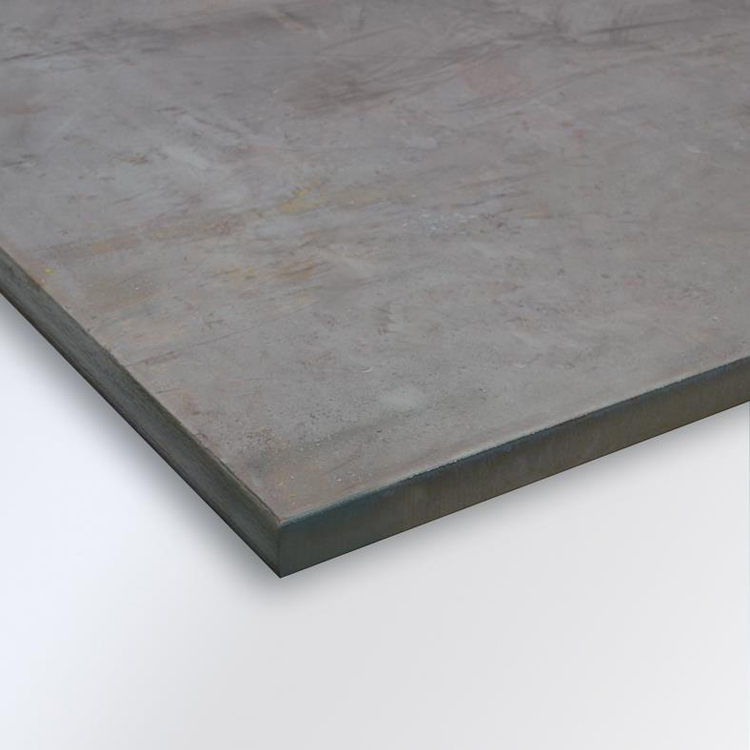
Improper cooling, the reason is that the pre-cooling time is too long, the cooling medium is selected, the temperature of the quenching medium is getting higher and the cooling performance is decreased, the mixture is not fully or the groove temperature is too high, measures: release, into the slot, etc. Cooling characteristics The oil temperature is 60 to 80 ° C, and the water temperature is 30 ° C or lower. When the quenching amount is large, the cooling medium should be added or the other cooling tank cooling should be added; the stirring of the coolant should be added.
The quenching temperature is too low, mainly due to the process setting temperature, temperature control system error, furnace or entering the cooling tank method, etc., should be corrected to the process temperature, repair the school nuclear temperature control system, and when the furnace is installed, the workpiece interval is reasonably set up reasonably. Put it evenly, scattered into the slot, and prohibit accumulation or bundle the slot cooling.
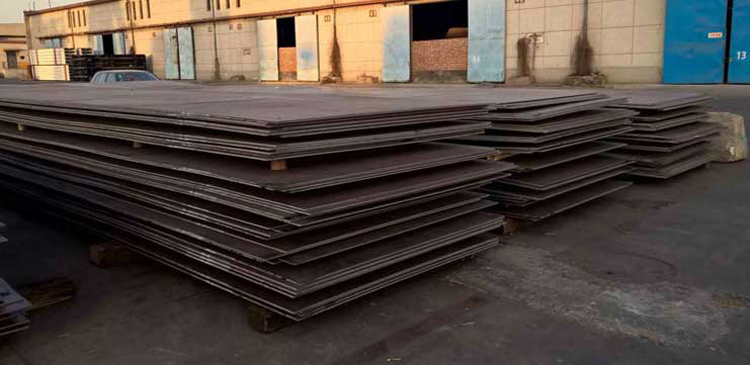
Gently shake, dry sound and brittle sound, if wear-resistant soldering wire, the sound is blunt. When welding with a moored wear-resistant steel plate, if the wear composite steel sheet is very high, it can be seen that there is water vapor surface on the surface of the wear-resistant composite steel plate, or when the wear-resistant composite steel plate is baked, it is found that the wear-resistant composite steel plate tail is found. Crack phenomenon exists.
So, how to deal with the wear-resistant steel plate after the tide?
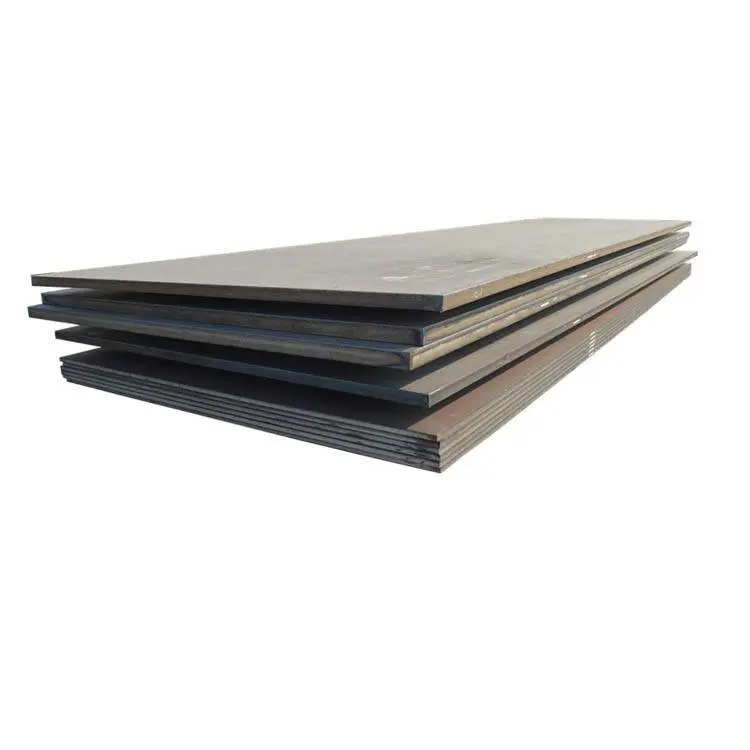
(1) Because there is slight rust in the tide solder core, it is basically not influential.
(2) The rusty rust is serious, and it can be downgraded as appropriate or used for general component welding.
(3) Severe moisture, and even rust in the coating. Although such wear -resistant steel plates are dry, the stomach or diffusion hydrogen content is still very high during welding, so it can be used.
 What is the difference between 201 st...
What is the difference between 201 st... Why is 316 stainless steel better tha...
Why is 316 stainless steel better tha... 400 series stainless steel science
40...
400 series stainless steel science
40... How to distinguish the processing tec...
How to distinguish the processing tec... Non-standard design materials of bras...
Non-standard design materials of bras... What type of titanium alloy does Tc4 ...
What type of titanium alloy does Tc4 ...